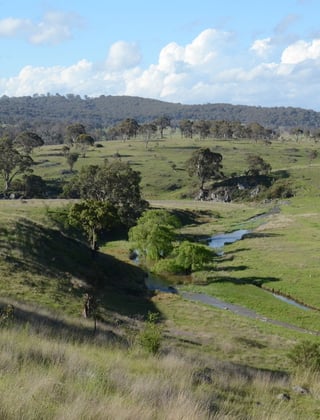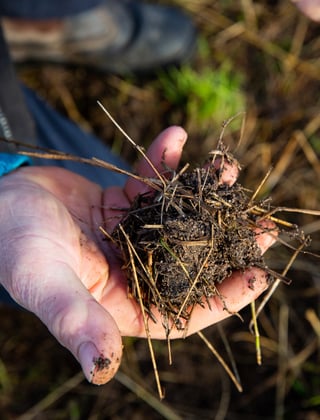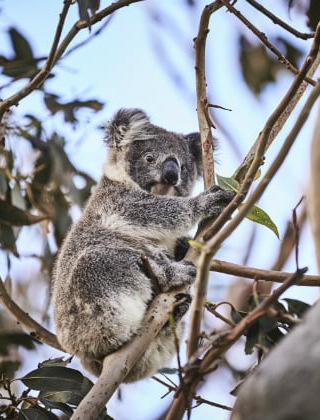Dung Beetles
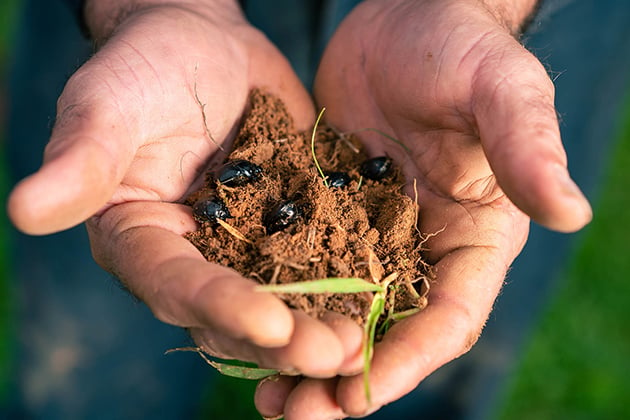
The benefits of dung beetles in a production system are many, including benefits for soil, water and pasture, as well as the biological control of flies.
Image courtesy of Charles Sturt University
Australia has more than 500 species of native dung beetles and 23 species of dung beetles that have been introduced over the years from overseas to meet our needs. The benefits of these beetles in production systems are many. Is there a beetle to meet your needs?
Since the first species were introduced into Australia by CSIRO in 1965, the benefits of dung beetles in our livestock systems have been recorded in Australian farming systems.
Dung beetles bury dung in the soil and, in doing so, deliver carbon and many nutrient benefits to pasture root zones and carbon in the soil. The nutrient benefits can assist with increased pasture productivity and soil condition. This can be reported as a reduction in greenhouse gas emissions and sequestered carbon. Additionally, by reducing the quantity of dung on pastures, this can reduce nutrient runoff into waterways during rain events. Research continues to investigate and quantify these benefits for producers and the environment.
Additionally, dung beetles can reduce the presence of nematodes and flies which impact on sheep gut health, and fly strike which is of benefit for wool producers.
It is important that you choose the right beetle for your climate, soil and system requirements. Some beetle species are also seasonally specific, so research into the best beetle for you and your grazing system is essential for success. You may already have some species existing in your system. It is important to identify these and manage them to ensure improvement in productivity, and if there are any other species that may cohabitate and improve the productivity of your soils and pastures.
Research continues into the many aspects of improving the success of dung beetles in production systems in Australia. The Dung Beetle Ecosystem Engineers (DBEE) project is currently rearing beetles for distribution to selected sites. These include new species of beetles that are currently not widely available in Australia. Each state has various resources to support producer decision making on the best beetle program for your property.
More information on this project can be found in the links below.

Dung Beetle Ecosystem Engineers Project
More information on the current industry-wide Dung Beetle Ecosystem Engineers (DBEE) project and other resources to assist with selecting the right beetle species for you.

Dung Beetle Solutions
Dung Beetle Solutions has extensive knowledge and research investments into the success of dung beetles in production systems, with lots of information on identification and selection on the right beetle for you.
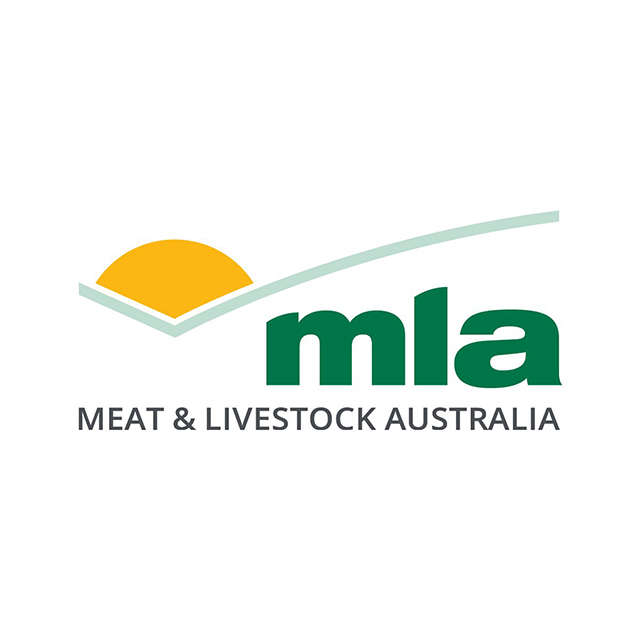
Meat and Livestock Australia
Meat and Livestock Australia has information and links to resources from their research on dung beetles.

CSIRO
CSIRO have a long history of research into the benefits of dung beetles in production systems. Many articles and case study reports have highlighted the benefits of dung beetles.






